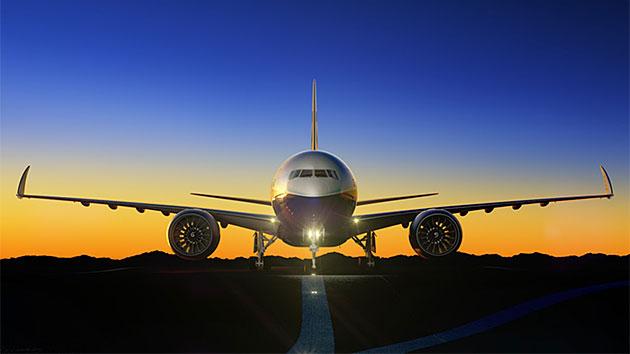Troubled Asia-Pacific Market Remains Jewel In Boeing’s Commercial Crown

SINGAPORE—Despite economic uncertainty, trade tensions and headwinds compounded by the Coronavirus outbreak, the Asia-Pacific region—and China in particular—remains pivotal to Boeing’s fortunes and the best hope for offsetting the commercial slowdown, a company executive said.
While the bulk of the current reduction in deliveries is due to the 2019 grounding and subsequent production halt on the 737 MAX, the slowdown in orders from China specifically has already impacted widebody production rates. Under current plans the 787 will be reduced from 14 to 10 per month in early 2020 while the 777 will steady at just three per month through 2020.
Boeing is therefore banking heavily on a new order for 777, 787 and possibly 737 aircraft that it hopes will soon materialize from the recently agreed trade deal between the U.S. and China. “We are very excited that Phase 1 of the agreement was signed but when I look at China there is a lot of pent up demand for single and twin aisle aircraft. It’s pent up and it’s going to grow,” Boeing Commercial Marketing vice president Randy Tinseth said.
Although no details have yet emerged of the potential China deal, Boeing CFO Greg Smith has confirmed an agreement is in the works. At the company’s most recent quarterly financial results call in late January, during which the company disclosed the first losses since 1997, he said “we’re pleased with the recent announcement of the Phase 1 deal between the U.S. and China, and we’re proud that Boeing airplanes will continue to be part of this valued relationship. Progress on the trade deal is obviously very encouraging, and we will continue to work closely with our customer and awaiting details to access the implementation of our backlog and how this will fit into our skyline, given production lead times.”
Underscoring the key importance of the region to Boeing, Tinseth said “Asia is 40% of the market overall; it’s the biggest single aisle, widebody and freighter market.” Despite the current headwinds the region also continues to be the engine room of growth in the global air travel market. Parts of southeast Asia are also the hot spots, he added. “Most people think the fastest growth areas are China and India, but many would be surprised to see Vietnam over the last decade has been the fastest in terms of rate. Overall three of the top 10 fastest growing markets are in southeast Asia,” Tinseth said.
Much of Boeing’s optimism is based on the continued growth of the middle class in the region. “A few years ago, it was just a small fraction but in the coming years we expect that as much as 75% of the population will fall into the middle class. That’s around 450 million new passengers to be added in the next decade in Indonesia, Thailand, Vietnam and Malaysia which will be the primary drivers of that growth,” Tinseth said.
Countering the old joke that a 747 was once considered the regional jet in Asia, Tinseth noted the explosion in traffic growth today is largely based on the expansion of LCCs and single-aisle aircraft. “And that will grow even faster than the twin-aisle market over the next 10 years,” he added. Of the roughly 4,500 aircraft which Boeing forecasts will be required in the region over the next decade, some 80% will be single-aisle models. The balance will be made up of more than 800 widebody passenger aircraft and a handful of new freighters.
Asia’s growing influence on the market and the types of aircraft that will be required are also a factor in which direction Boeing will go with its next new aircraft program. The company’s recent decision to go back to the drawing board on the New Midmarket Airplane (NMA), possibly in favor of a smaller single-aisle family aimed at the 737-757 replacement market, may also have been influenced by the continuing appetite for regional lift in Asia.
“For any new airplane or enhancements to any aircraft you have to think Asia first because it is the largest market,” Tinseth said, adding that the continuing issues over the ground and recertification of the MAX will make this sector potentially problematic for Boeing in the near future. “We are better positioned to advance our market share on widebodies and frankly where we are on the MAX is going to be the bigger challenge going forward.”
A bright spot for the MAX could, however, come in the shape of the final family variant—the stretched -10. Poised to make its first flight, the higher capacity model could provide the market with growth margin at a key time, Tinseth said. “We’ve seen up-gauging in that marketplace, and we’ve seen the [Airbus] A321 do well. We were off to a very good start in terms of orders on -10 with more than 20 customers and over 600 orders in a relatively short period of time. The range is as good as any Next Generation and so are its economics. It won’t match the range of the A321 but from a cost and economic perspective it will give a little more, so it is well positioned for those that need a growth vehicle.”

Comments